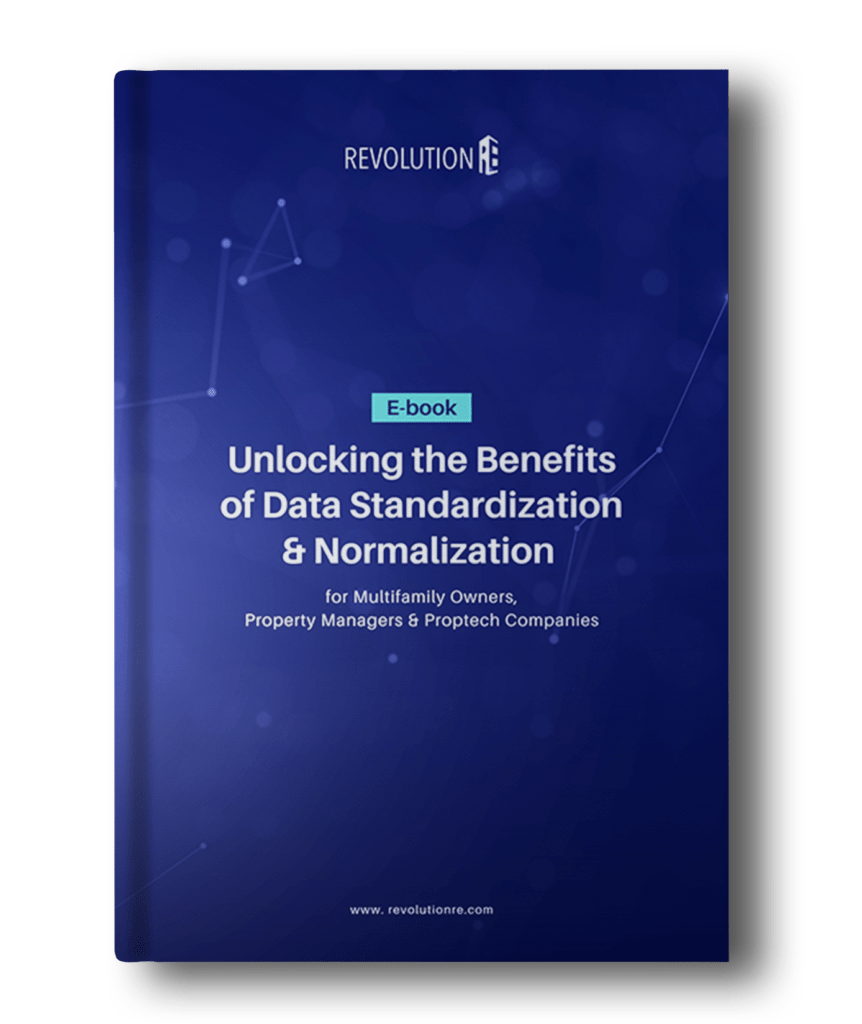If you stood in a room of real estate professionals and declared that “rental property data is a mess,” it’s doubtful that anyone would challenge you. It’s no secret that the industry struggles with data issues, but how exactly did we get here? Let’s explore those reasons and delve into why this negatively impacts the industry and how to fix it.
Part 1. How We Got Here: Bad Data, Bad
While many large industries struggle with technology adoption, the real estate industry seems even more susceptible to this challenge than others. When we look at the reasons for this, we see that it starts at the top at a very high level.
One reason is that it’s a fragmented market historically held by a few individuals who had no compelling incentive to push enterprise-level systems. In addition, many systemic and structural reasons engrained in the industry have perpetuated the issues with technology use and adoption. These factors have led to a dismal state for the data that technology systems produce. Let’s dig into a few details behind why a lot of bad data exists.
Large Amounts of Decentralized Data: Properties generate an enormous amount of data, but most data is generated and stored in various systems, and those systems don’t always talk to each other. If they do have “APIs,” the communication back and forth between systems generally doesn’t have a centralized place to be safely stored.
Human Error & Inconsistency: Data was originally entered by humans and in various formats. This inconsistency and lack of a standard data format do not allow machines to read and process data easily.
Transactional Data: The structure of the data doesn’t focus on residents — it’s about the units, which reflects the previously transactional nature of rental housing.
Staff/Management Changes: Changes in staff or management companies means that over time, different people are entering the same information into different systems, which can lead to inconsistencies between reports from various sources that rely on those same data sets (like ownership groups).
Ownership Changes: Property sales happen, so even if there were one standard format for collecting data across all properties managed by a single company, it would likely be inconsistent as soon as a new ownership group or management company comes in.
Lack of Common Data Structure: The rental real estate market doesn’t have a common data structure. The lack of an industrywide commitment to adopt one data standard makes it challenging for companies to scale their data collection and standardization. The result is that most ownership groups and property management firms develop their own systems, and consequently, they may be collecting information on the same properties in different formats.
OK, so now you know how we got to the land of bad data, but how do we fix it? Keep reading to see the compelling reasons why it’s a good idea to do something about it.
We invite you to subscribe to our newsletter for updates and industry news.
